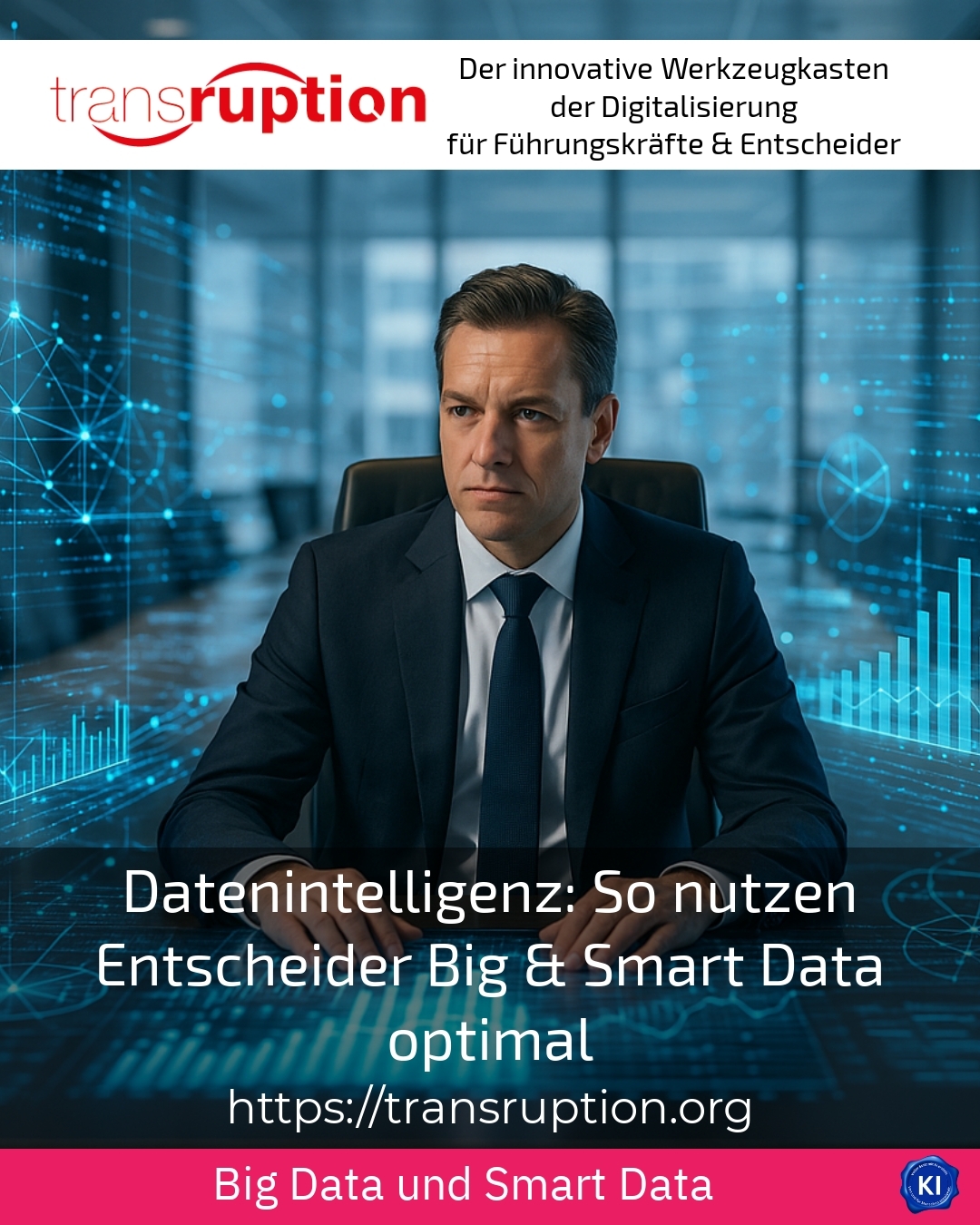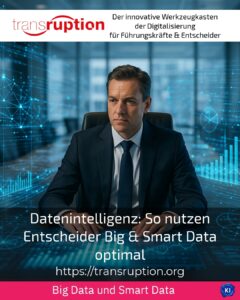Efficient knowledge transfer is a key challenge for managers who are not only concerned with preserving existing knowledge, but also with promoting innovation and collaboration. With its first step, the KIROI model offers a structured approach that addresses precisely this point: decision-makers are supported in consciously shaping the complex process of knowledge transfer and implementing suitable methods in their organisation in a targeted manner. This support ensures that knowledge is not just seen as a static asset, but as a dynamic factor for sustainable corporate success.
Understanding knowledge transfer as a strategic responsibility
Knowledge transfer is more than just documenting information. Rather, decision-makers are faced with the task of actively shaping learning and communication processes and promoting a culture in which the exchange of knowledge is a matter of course. Mixed-age teams in particular show how a wealth of experience and fresh expertise can work together to create sustainable learning experiences and solve complex problems more effectively.
An example from industry shows how a manufacturing company uses targeted mentoring programmes to bring experienced specialists together with young employees. In this way, knowledge can be passed on in a practical way and, at the same time, young talent can be promoted in a targeted manner. A logistics company also uses „Lunch & Learn“ sessions, where teams regularly exchange knowledge and project experience in a relaxed atmosphere. This form of knowledge transfer promotes a sense of togetherness and creates space for new ideas.
Companies in the IT sector are also increasingly establishing hybrid learning formats. Here, digital learning platforms are combined with face-to-face workshops. This mix enables learning that is independent of time and place and promotes interactive dialogue between employees at different locations. Personal contact and the opportunity for dialogue remain key elements.
KIROI Step 1: Providing impetus for sustainable knowledge transfer
The first step of the KIROI model focuses on identifying existing knowledge resources and selecting suitable transfer formats. Decision-makers analyse which knowledge will be particularly relevant in the future and who, as key persons, will carry this knowledge. This creates a knowledge map that serves as the basis for targeted measures.
A financial services provider used precisely this method by systematically identifying its experts in the individual specialist areas. With the support of KIROI, the company then developed tailor-made mentoring programmes that focused on the transfer of knowledge between experienced and younger employees. The managers were involved in the process as role models.
Another example is a medium-sized retail company that chose storytelling as the core format for knowledge transfer. Complex topics were presented in lively stories and conveyed in training sessions. This not only promoted understanding, but also an emotional connection to the content. Employees often report that this format supports their motivation to learn.
In the technical services sector, digital knowledge databases are increasingly becoming the centrepiece of knowledge transfer. One energy supplier implemented a platform on which employees can enter video tutorials and FAQs they have created themselves. The combination of codified and personalised knowledge creates a sustainable learning environment.
Best practice in the use of KIROI Step 1
BEST PRACTICE with one customer (name hidden due to NDA contract) An international mechanical engineering company showed how the systematic use of KIROI Step 1 significantly improved knowledge sharing. A digital knowledge map was created on which key people and their expertise were transparently recorded. At the same time, hybrid learning formats were developed that combined face-to-face workshops with digital learning modules. The result was a significant increase in team networking and faster familiarisation times for new projects.
Practical tips for decision-makers on implementation
For successful knowledge transfer, it is advisable to consider the following points:
- Start with a clear analysis of existing knowledge sources and the identification of key people.
- Conscious promotion of personal exchange through mentoring or learning tandems.
- Use of digital platforms to make knowledge accessible flexibly and from any location.
- Integration of storytelling to convey learning content in a lively and memorable way.
- Promoting an open learning culture in which experiences from mistakes are also shared.
- Involvement of managers as active organisers of knowledge exchange.
This combination of different methods helps to ensure that knowledge transfer is not perceived as a chore, but as a valuable tool that supports day-to-day work and favours innovation.
My analysis
Knowledge transfer is a multi-layered process that requires careful planning and conscious design of the learning environment. KIROI Step 1 offers companies valuable support in strategically anchoring this task. By combining different methods and utilising both face-to-face communication and modern digital formats, decision-makers can create a sustainable knowledge culture. Such measures not only increase the ability to innovate, but also strengthen collaboration and employee loyalty in the long term.
Further links from the text above:
Rethinking knowledge transfer: KIROI Step 1 for decision-makers[2]
Rethinking knowledge transfer: KIROI Step 1[4]
Knowledge transfer methods & examples[1]
Mastering knowledge transfer: KIROI Step 1 for decision-makers[8]
For more information and if you have any questions, please contact Contact us or read more blog posts on the topic Artificial intelligence here.















